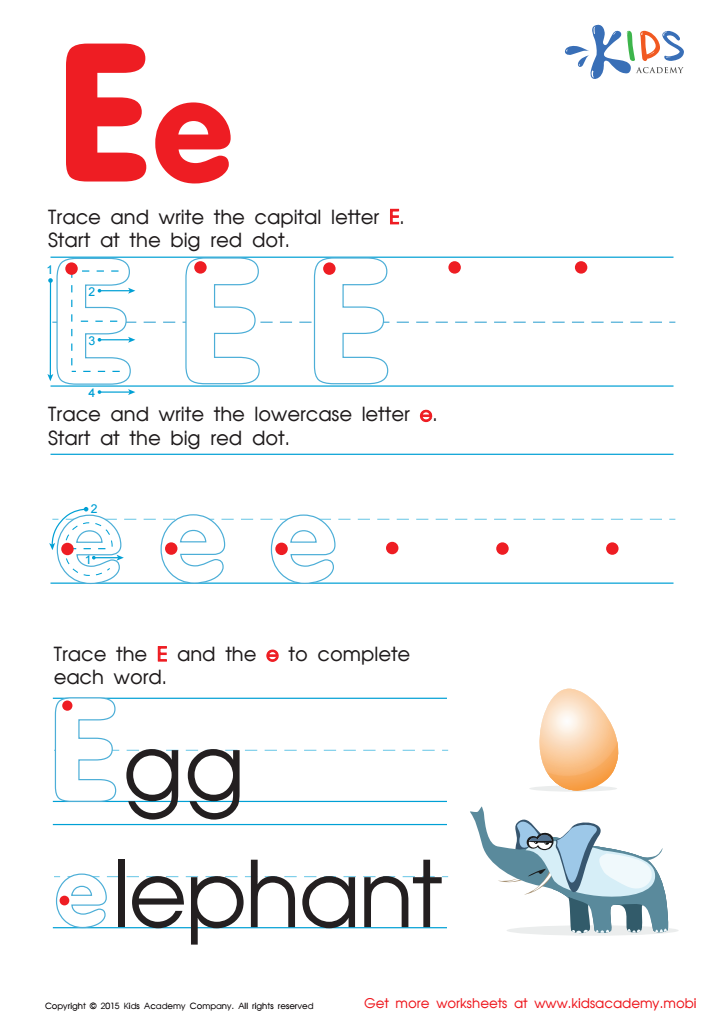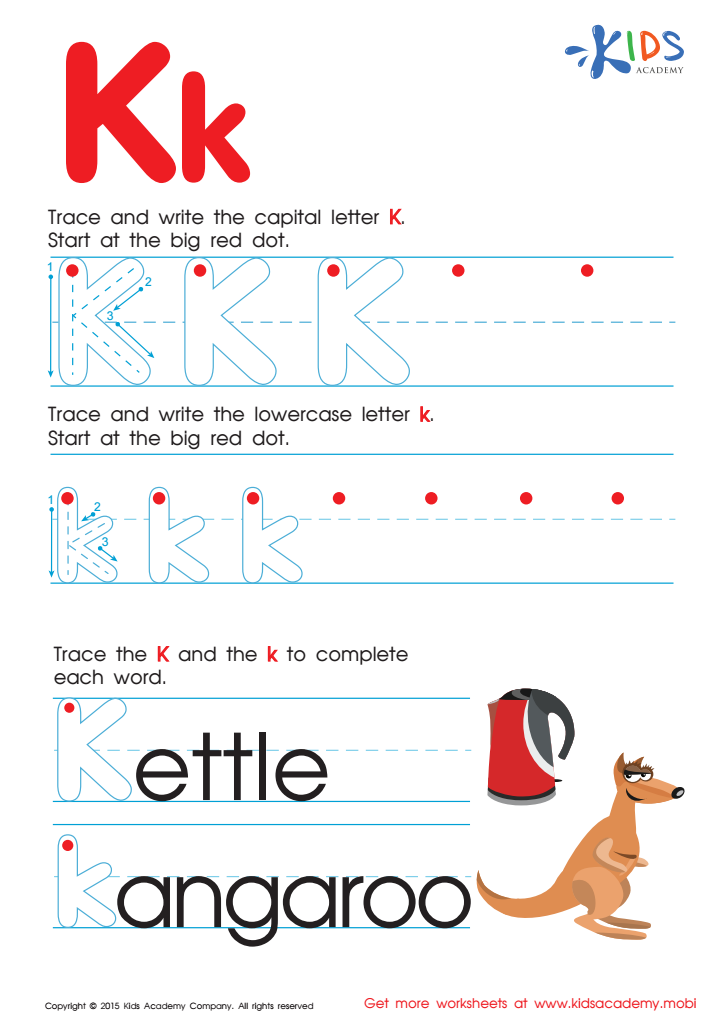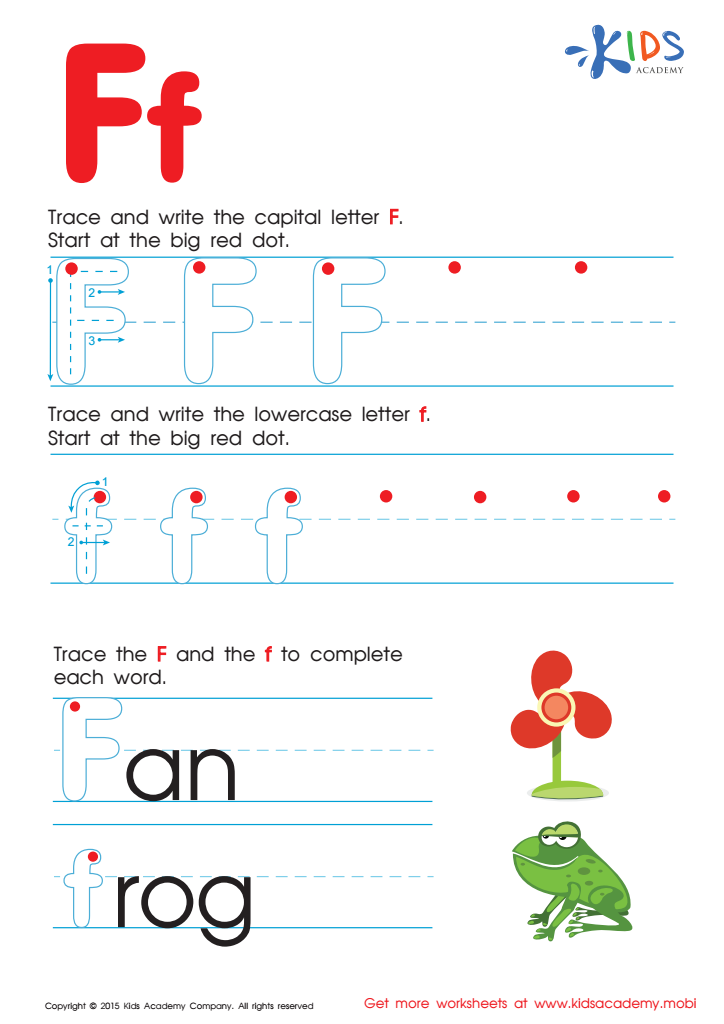Handwriting Skills Normal Tracing Letters Worksheets for Ages 5-9
5 filtered results
-
From - To
Enhance your child's handwriting with our Handwriting Skills Normal Tracing Letters Worksheets designed for ages 5-9. Providing a comprehensive approach, these worksheets help young learners master the fundamentals of proper letter formation and spacing. Engaging and age-appropriate, our tracing activities foster fine motor skills, hand-eye coordination, and alphabet familiarity. Each worksheet is creatively designed to make learning enjoyable, ensuring your child develops confidence in their handwriting. Perfect for both home and classroom use, our worksheets offer a structured method to support your child’s writing journey. Start building essential handwriting skills today with Kids Academy!


Letter Q Tracing Page


Letter L Tracing Page


Letter E Tracing Page


Letter K Tracing Page


Letter F Tracing Page
Handwriting skills, particularly normal tracing of letters, play a critical role in the development of young children, ages 5-9. Parents and teachers should value this practice as it aids cognitive, motor, and emotional growth. Tracing letters helps fine-tune fine motor skills, which are necessary for more than just writing; they also support daily tasks like buttoning shirts and tying shoelaces. By regularly tracing letters, children enhance hand-eye coordination and dexterity.
From a cognitive standpoint, handwriting reinforces memory and comprehension. The action of tracing letters fosters neural pathways that enhance literacy, aiding in quicker recognition and recall of letters and words. This foundational skill boosts reading comprehension, vocabulary acquisition, and overall academic achievement.
Emotionally, mastering handwriting through letter tracing builds confidence and perseverance. Children feel a sense of accomplishment as they see tangible improvements in their writing, which encourages a growth mindset and resilience. This can lead to increased motivation in other areas of learning.
In an age where digital devices dominate, the traditional skill of handwriting remains valuable. Classic penmanship promotes a personal connection with one's work and emphasizes the importance of effort. Therefore, fostering proper handwriting skills, starting with normal tracing of letters, is essential for balanced, holistic child development.
 Assign to My Students
Assign to My Students





















